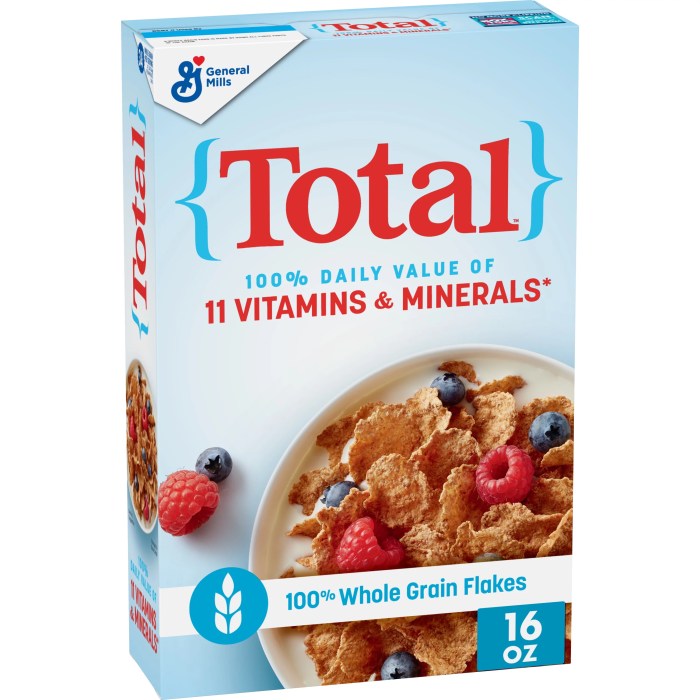Quantification of iron in whole-grain cereals holds paramount importance, offering a comprehensive understanding of its nutritional significance, analytical techniques, sample preparation, data analysis, and factors affecting iron bioavailability. This guide delves into the intricate details of iron quantification, providing invaluable insights into this essential nutrient.
Whole-grain cereals, renowned for their nutritional prowess, serve as a rich source of iron, a mineral crucial for human health. Iron deficiency remains a prevalent concern, underscoring the need for accurate and reliable quantification methods to ensure optimal dietary intake.
1. Iron in Whole-Grain Cereal
Nutritional Significance
Iron is an essential mineral that plays a crucial role in human health. It is a component of hemoglobin, the protein in red blood cells that carries oxygen throughout the body. Iron deficiency is a common nutritional problem worldwide, leading to anemia, fatigue, and impaired cognitive function.
Whole-grain cereals are a good source of iron, containing significantly higher amounts compared to refined grains.
2. Methods for Iron Quantification

Atomic Absorption Spectroscopy (AAS), Quantification of iron in whole-grain cereal
AAS is a widely used technique for quantifying iron in food samples. It involves atomizing the sample and measuring the absorption of light at specific wavelengths by iron atoms. AAS is relatively simple and cost-effective, making it a popular choice for routine analysis.
Inductively Coupled Plasma Mass Spectrometry (ICP-MS)
ICP-MS is a more advanced technique that provides highly accurate and precise iron quantification. It involves introducing the sample into an inductively coupled plasma, which generates ions that are then separated and detected based on their mass-to-charge ratio. ICP-MS is particularly useful for analyzing trace levels of iron.
3. Sample Preparation and Extraction
Proper sample preparation is crucial for accurate iron quantification. Whole-grain cereals must be ground into a fine powder to ensure homogeneity. Digestion is then performed using strong acids to dissolve the iron. The resulting solution is filtered or centrifuged to remove any insoluble particles.
4. Data Analysis and Interpretation
The iron concentration is typically expressed in milligrams per 100 grams of sample. Statistical analysis, such as calculating the mean, standard deviation, and confidence intervals, is used to assess the reliability of the results. The data can be presented in tables or graphs to illustrate the iron content of different cereal samples.
5. Factors Affecting Iron Bioavailability
The bioavailability of iron in whole-grain cereals can be influenced by various factors, including:
- Phytates: These compounds bind to iron, reducing its absorption.
- Fiber: High fiber content can interfere with iron absorption.
- Vitamin C: Vitamin C enhances iron absorption.
Fortifying cereals with iron can improve its bioavailability by overcoming these inhibitory factors.
6. Quality Assurance and Control
Quality assurance and control measures are essential to ensure the accuracy and reliability of iron quantification results. Certified reference materials with known iron concentrations are used to calibrate and validate analytical instruments. Proficiency testing programs allow laboratories to compare their results with those of other laboratories to assess their performance.
Commonly Asked Questions: Quantification Of Iron In Whole-grain Cereal
What is the significance of iron in human health?
Iron is essential for oxygen transport, energy production, and immune function.
How does iron deficiency manifest?
Iron deficiency can lead to anemia, fatigue, shortness of breath, and impaired cognitive function.
What factors influence iron bioavailability in whole-grain cereals?
Factors such as phytates, fiber, and vitamin C can affect iron absorption.